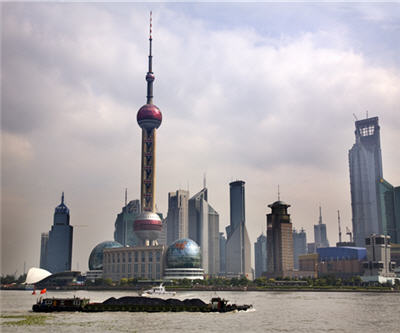
While the iron ore market has been transformed over the past decade the trade in the other steelmaking ingredient, coking coal, still has some way to go.
The Singapore Exchange launched the first iron ore swaps as far back as April 2009 and is set to do the same for metallurgical coal early next year reports commodities information company Platts.
SGX is not first to market with the contract however. Chicago’s CME Group already trades FOB Australia contracts, but the Asian contract may be on a CFR China basis.
Some are skeptical with one Platts source saying “no European buyers would hedge price exposure on a delivered China basis, so such a contract would alienate many purchasers,” but one Singapore-based trader said people involved in seaborne spot trade into China would be the most likely to hedge.
Australia completely dominates seaborne spot coking coal volumes, representing 72% of the total and far outpacing second-placed Canada which enjoys 10% market share and the US which accounts for 5% of the trade.
Customs data from China, the globe’s number two importer behind Japan, show the country imported 30.7 million tonnes of seaborne coking coal during the first half of 2013.
According to the most recent data, in July Chinese imports jumped 25% to 5.9 million tonnes.
Taking into account overland exports, Mongolia is the number two met coal supplier to China, the most active player in the spot market, but its share is falling rapidly. The landlocked Asian nation is responsible for 17% of China’s total imports compared to Australia’s 38%.
According to the Steel Index premium coking coal from Australia was trading at $147.40 a tonne on Tuesday, a three-month high and up more than 10% over the past month.